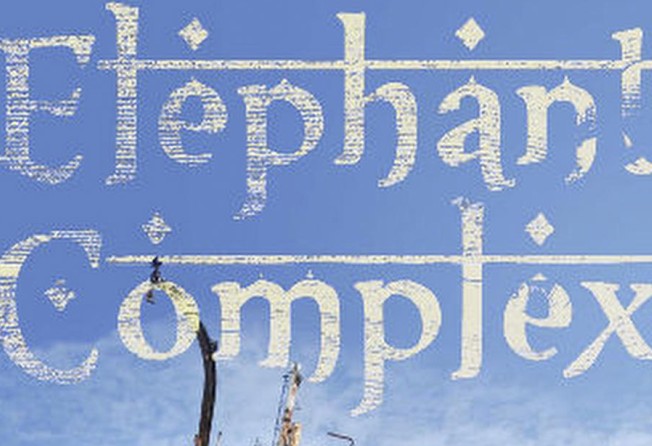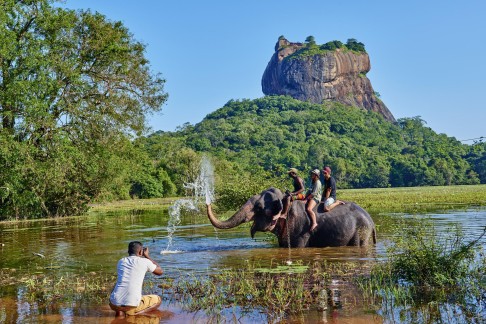
Book review: Elephant Complex - Travels in Sri Lanka delves into the rich history of the island country
Gimlette describes Sri Lanka's varied past of kingdoms, colonialism and conflict


Elephant Complex: Travels in Sri Lanka
by John Gimlette
Quercus Publishing

Kit Gillet
In the highlands of Sri Lanka, an isolated Buddhist kingdom holds out for centuries against colonial powers - the Portuguese, Dutch, British - its last leader even collecting Europeans (shipwrecked sailors, priests and even diplomats who optimistically entered seeking peace treaties) while forbidding the widening of the jungle path that was the main route into his kingdom. Ultimately the kingdom would fall in the 19th century, betrayed to the British from the inside, but like much of Sri Lankan history its existence has left deep footprints on the island nation today.
In Elephant Complex, travel writer John Gimlette attempts to get under the skin of this fascinating, teardrop-shaped island in the Indian Ocean. Despite its diminutive size, Sri Lanka has a rich history and Gimlette delves deeply into the many sides of the country: the good, the bad and the downright depressing.
The result is a months-long journey across the length and breadth of Sri Lanka, through regions still barely touched by man to places that once were home to ancient kingdoms and others wracked by painfully recent conflicts. Working your way through Elephant Complex, it is hard to imagine so much history, beauty and animosity crammed into such a small island.
Starting in the chaotic city of Colombo, which even locals struggle to love, the book takes in the picturesque south, with its leftovers of colonial rule, the mountainous middle, where ancient kingdoms have left elaborate ruins, and the troubled east and north, where fighting between the majority Sinhalese forces and the Tamil Tigers, who wanted independence for the minority Tamil population, left heartache and ruin. And, yes, there are more than a few elephants thrown in along the way.
Despite the physical beauty of Sri Lanka, violence is never far away from the story. In the eastern coastal city of Batticaloa, Gimlette remarks that "whenever I though the waterfront couldn't get prettier, the amputees would appear". The civil war between the government and the Tamil Tigers only ended in 2009, and the UN estimates that 40,000 were killed in its death throes.

There are also shocking incidents that are little known outside the country, and little talked about within, like the Marxist revolts of the 1970s and 80s that left tens of thousands dead (no one knows the precise numbers) before they were finally and brutal suppressed by the government.
It is clear that few in Sri Lanka have escaped some tragedy in their lives, including the many who lost loved ones in the 2004 tsunami. Despite all this, Sri Lanka comes across in the book as a stunning, if deeply troubled, country.
Elephant Complex benefits heavily from the fact that its author isn't just focused on the recent and troubled past of the island, which deserves attention but often overshadows everything else. The book delves into the depths of Sri Lanka's early history and legends: kingdoms of vast reservoir builders and communities of seventh-century ascetics who chose to live in caves and dress in cast offs or clothes taken from the dead.
The beauty of Sri Lanka is all around, in the beaches, mountains and temples, but it is the history and characters - ex-presidents and politicians, former Tamil Tigers and old British tea plantation owners - that make this a hard book to put down.
On the face of it, John Gimlette's book on Sri Lanka is another in a long line of travelogues that attempt to reveal to the reader an exotic location through the eyes of a seasoned travel writer, and there are sections that suffer for his newness to Sri Lanka, yet ultimately the history and characters of the country are such that Gimlette is easily able to draw readers into this colourful land.